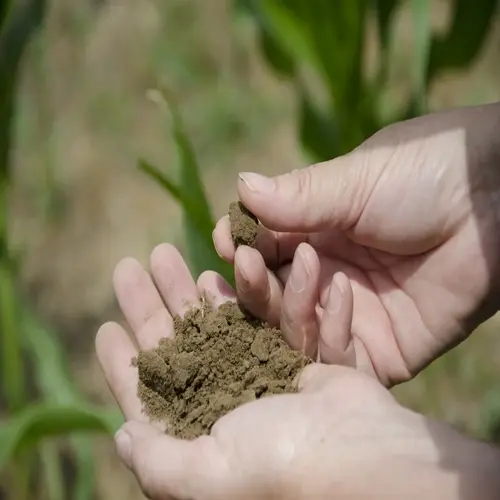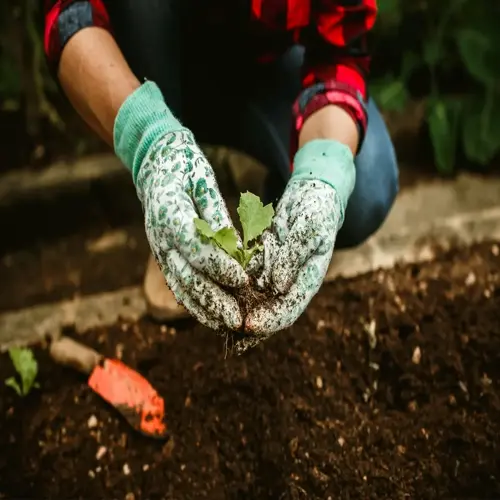What defines a tomato as an heirloom variety?

Written by
Nguyen Minh
Reviewed by
Prof. Samuel Fitzgerald, Ph.D.Understanding heirloom tomato varieties means understanding their preservation history. These tomatoes maintain genetic lines through open-pollination for 50 years or longer. They present stable characteristics across generations, unlike hybrids. The taste and visual differences with each variety evolved through natural adaptation, not scientific manipulation.
Open Pollination
- Occurs through natural insects wind or manual transfer
- Preserves genetic consistency across generations
- Allows reliable seed saving for future planting
Seed Fermentation
- Three day soaking removes germination inhibitors
- Maintains 90%+ viability for 5-10 years
- Critical for preserving rare genetic characteristics
Climate Adaptation
- Varieties develop regional disease resistances
- Examples: Arkansas Traveler for humidity Green Zebra for cold
- Natural selection shapes resilience over decades
Flavor complexity separates true heirlooms from commercial hybrids. Take Brandywine, which develops a sweet flavor profile at 6-8°Brix from natural sugars. Cherokee Purple offers a smoky sweetness with depth that you can't find in a lab-created tomato. These flavor profiles arise from unique soil types and microclimates.
By conserving these tomatoes, we are preserving agricultural biodiversity. Each type possesses unique genetic adaptations that enable it to cope with environmental challenges. The art of seed saving allows us to maintain this living heritage. The home garden provides meaningful contributions by growing and sharing uncommon varieties.
Read the full article: Top 10 Heirloom Tomato Varieties for Your Garden

